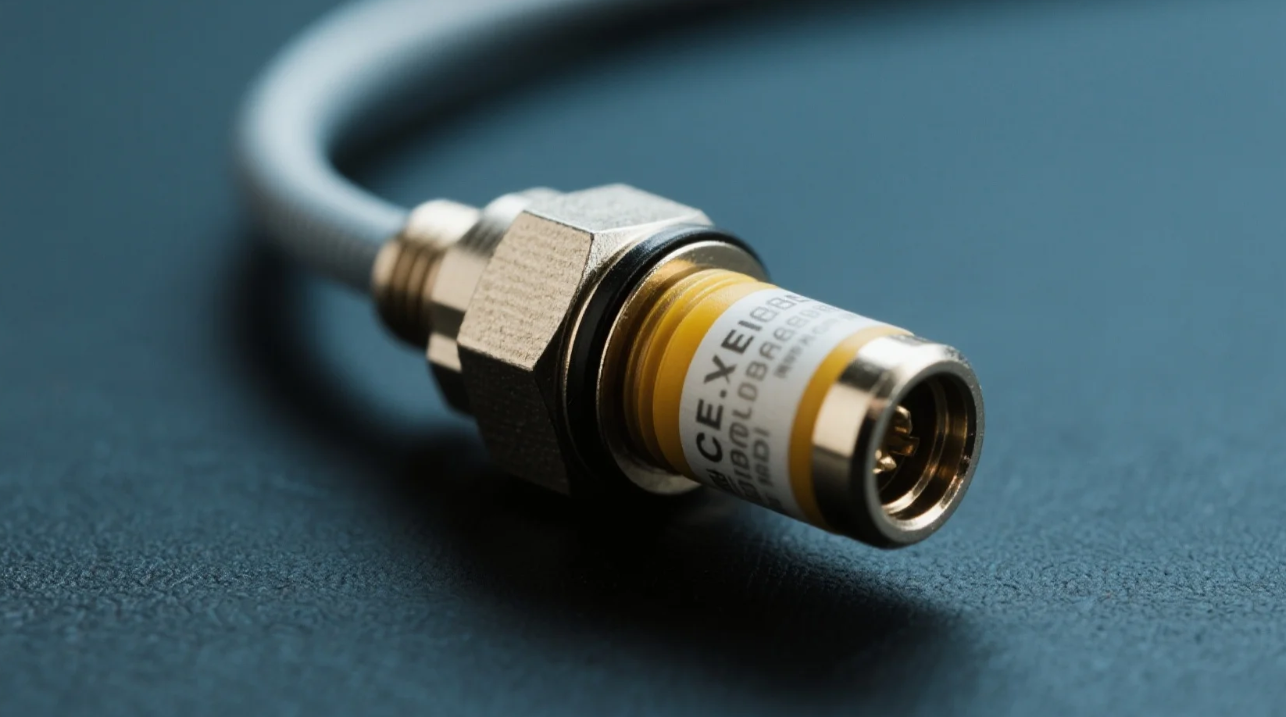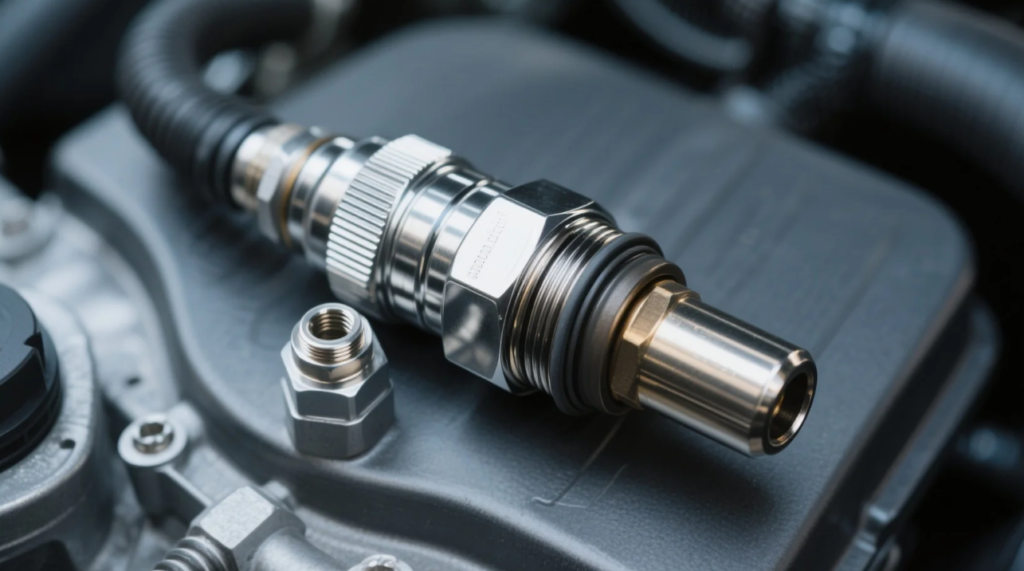
Within the first few seconds after startup, your Kia Soluto’s engine control unit (ECU) relies on data from a tiny yet crucial component—the Oxygen Sensor. By comparing oxygen levels in the exhaust with ambient air, the ECU fine‑tunes fuel delivery, trims emissions, and preserves catalytic‑converter health. For the 2021‑on 1.4‑liter Soluto, part number 39210‑03730 is the dedicated, factory‑specified sensor that keeps the compact sedan compliant with global emission standards while maintaining lively throttle response.
What Is an Oxygen Sensor?
First introduced in the late 1970s, the zirconia‑type Oxygen Sensor (often called an O2 or lambda sensor) is threaded into the exhaust stream. Inside, a ceramic element generates a voltage proportional to the difference in oxygen concentration between exhaust gases and the outside atmosphere. That voltage is interpreted by the ECU, enabling closed‑loop fuel‑trim corrections roughly two to three times per second.
Narrow‑Band vs. Wide‑Band Designs
Most economy cars, including the Kia Soluto, use a narrow‑band sensor upstream of the catalytic converter. Its rapid switching between “rich” and “lean” lets the ECU hover near the stoichiometric 14.7:1 air‑fuel ratio. Wide‑band versions—common on turbo or performance engines—offer broader, linear feedback but at a higher cost.

How the 39210‑03730 Works in Kia Soluto 1.4
Closed‑Loop Fuel Control
Once coolant reaches operating temperature, voltage from the sensor is monitored in real time. Fuel‑injector pulse width is then adjusted so that combustion remains efficient under varying loads. During idling, precise feedback minimizes hydrocarbon emissions; under acceleration, it helps prevent knock and power loss.
Catalyst Protection
A well‑functioning sensor prevents prolonged rich running, which would otherwise overheat and poison the catalytic substrate. The 39210‑03730’s heater circuit brings the sensor online in under 20 seconds, critical for urban stop‑and‑go driving.
Key Features of Genuine 39210‑03730
- Optimized Heater Resistance – Draws lower current, reducing alternator load and improving cold‑start economy.
- Double‑Seal Construction – Keeps moisture and road salt out of the connector pins, extending service life beyond 160,000 km.
- Platinum Electrode Coating – Resists lead, sulfur, and phosphorus contamination better than many aftermarket substitutes.
- Quick‑Response Zirconia Cell – Voltage swings exceed 0‑0.8 V within <100 ms, ensuring stable idle and reduced CO output.
Symptoms of a Failing Sensor & Diagnostics
- Check‑engine light triggered with codes P0130–P0135
- Noticeable drop in fuel economy (often 10 % or more)
- Rough idle or surging during cruise
- Failed emissions test due to elevated CO/HC levels
A digital multimeter or scan tool can confirm slow cross‑counts, heater‑circuit faults, or stuck‑rich/lean outputs. Using live data, technicians watch for at least eight voltage switches per 10 seconds at 2,000 rpm—anything less suggests degradation.
Installation Tips and Best Practices
- Use an Anti‑Seize Compound Sparingly – Many sensors ship pre‑coated; excess paste may foul the element.
- Torque to Spec (35–45 Nm) – Over‑tightening can damage threads, while under‑tightening allows exhaust leaks that skew readings.
- Avoid Silicone Sealants – Siloxane vapors can poison zirconia surfaces and shorten sensor life.
- Reset ECU Adaptations – After installation, clear fault codes and allow the ECU to relearn trims during a 15‑minute mixed‑driving cycle.
Maintenance & Replacement Interval
Kia recommends inspection every 30,000 km and replacement at 160,000 km, although fuel quality, oil consumption, and driving patterns can shorten that window. Regularly changing engine oil and fixing misfires promptly will prolong sensor health.
OEM vs. Aftermarket: Making an Informed Choice
While many aftermarket units claim drop‑in compatibility, OEM sensors adhere to tighter tolerances in heater wattage and response delay. Using non‑OEM parts may lead to intermittent MIL illumination or subtle drivability issues that erode customer satisfaction over time.
Environmental & Economic Benefits
By ensuring stoichiometric combustion, the sensor helps cut CO₂ output by up to 5 g/km and can save drivers approximately 50 L of fuel annually—a small but meaningful gain for budget‑conscious owners. Moreover, longer catalyst life reduces costly replacements and landfill waste.
Conclusion
A healthy Oxygen Sensor is central to efficiency, emissions compliance, and engine longevity. For Kia Soluto 1.4‑liter models built from 2021 onward, part 39210‑03730 offers proven durability and precision. When service intervals loom, investing in a genuine replacement safeguards performance and operating costs alike.
Frequently Asked Questions (FAQ)
Q1: How often should the sensor be tested?
A: Once a year or whenever fuel economy drops unexpectedly.
Q2: Can I drive with a faulty sensor?
A: Yes, but prolonged operation may damage the catalytic converter and increase fuel consumption.
Q3: Does high‑octane fuel prolong sensor life?
A: Not necessarily; clean combustion and proper oil control matter more than octane rating.
Q4: Is DIY replacement feasible?
A: With the right 22 mm socket and care, many owners can replace it in under 30 minutes.
Q5: What other parts should be checked concurrently?
A: Inspect spark plugs, air filter, and exhaust manifold gaskets for leaks that could skew readings.


